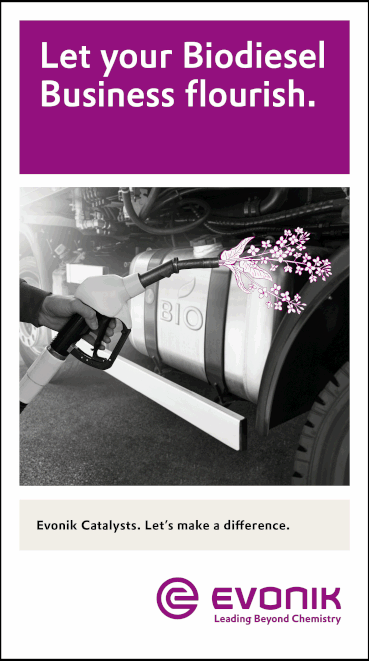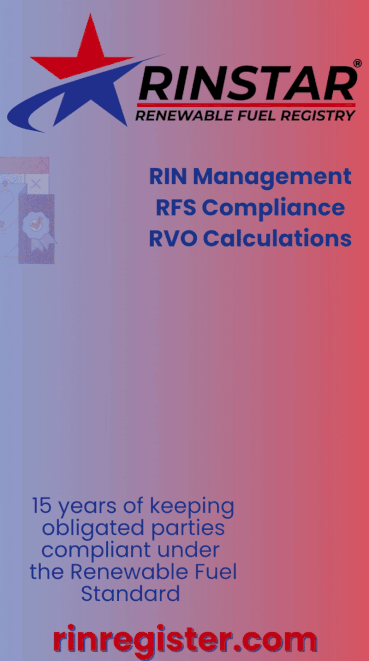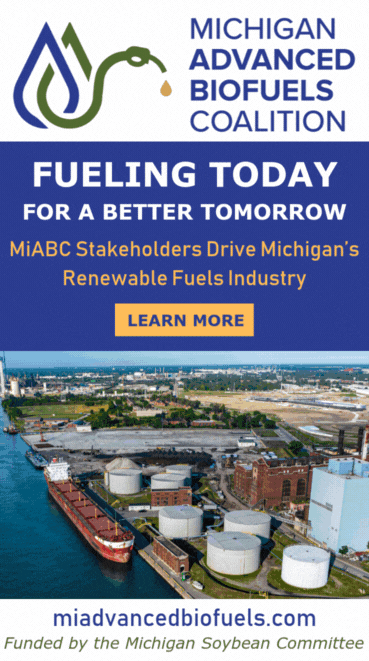The flightpath from a groundbreaking catalyst to jets that soar on renewable fuel from waste
- Jodi Hamm, PNNL
- Apr 6, 2023
- 5 min read

In March, a team of researchers from Pacific Northwest National Laboratory and LanzaTech was awarded the 2023 American Chemical Society’s Award for Affordable Clean Chemistry at the ACS spring meeting for development of a clean and sustainable alcohol-to-jet-fuel catalytic process, which holds promise for helping the nation achieve net-zero emissions by 2050.
The ACS award recognizes outstanding scientific discoveries that lay the foundation for environmentally friendly products or manufacturing processes.
This discovery was made possible due to industry partner LanzaTech’s carbon-recycling process that first converts gas to ethanol, then undergoes an innovative catalytic process developed at PNNL to upgrade the ethanol to fuel approved for commercial aviation.
“It’s amazing that you can take these carbon emissions from a steel mill plant and turn it into a fuel—instead of emitting the gases into the atmosphere,” said John Holladay, a former PNNL senior leader who joined LanzaTech in 2021. “It almost seems like magic, but it’s not. It’s good scientific principles and thinking about the thermodynamics of the process to really do something fundamentally different that hadn’t been done before.”
PNNL’s sustainable jet-fuel journey was decades in the making. Early fundamental research, sponsored by DOE’s Office of Basic Energy Sciences, laid the general groundwork for understanding the chemistry functions.
“Fundamental science enables us to think about what the big problems are ahead of us that need to be solved,” Holladay explained. “Maybe not what people can immediately see—but 10 years from now.”
The laboratory began building its catalysis capability in the 1980s through basic research projects.
“I was a young scientist at this time, and this important research was a vital continuation of my education,” recalled chemist Rich Hallen, who today is a scientist emeritus at PNNL.
Hallen would rely on that foundational knowledge throughout his career on a variety of catalysis-related research projects, including the renewable aviation-fuel discovery.
In the 2000s, PNNL established the Institute for Interfacial Catalysis, which grew to become the largest nonindustrial catalysis research and development effort in the U.S.
In 2011, it was renamed the Institute for Integrated Catalysis, focusing on developing catalysts that can efficiently make fuels from alternative feedstocks, store electrical energy in chemical bonds, and increase fuel efficiency and cut emissions at the same time.
The IIC provides insights, synthetic tools and engineering concepts to enable catalyzed chemical and chemical-electrical energy interconversions to minimize the carbon footprint. A key strategy to achieve this goal is to develop experimental and theoretical tools to better understand the structure and properties of working catalysts that can be used as guidelines for novel catalysts and reaction routes.
“These insights gained collaboratively in the IIC allow us to make decisive progress in solving key challenges in the energy transition,” said Johannes Lercher, director of the IIC.
The fundamental understanding gained by PNNL researchers is translated into new catalytic technology.
It also strengthened PNNL’s overarching scientific capability in chemistry, readying it for future partnerships with industry and government.
PNNL’s first partnership with industry to study renewable jet fuel was formed in 2010 with Honeywell UOP and Boeing to explore chemistries that produce the aromatic portion of jet fuel. Researchers upgraded pyrolysis oil, used in combination with synthetic paraffinic kerosene, to produce the world’s first 100-percent-biomass-derived jet fuel that was demonstrated in a hydroplane at Seattle’s Seafair race. But the challenge with jet fuel made from vegetable oil or animal fat, according to PNNL, is that there just isn’t enough feedstock to meet aviation’s needs.
This challenge led to an exploratory project between PNNL and Seattle-based Imperium Renewables to produce jet fuel that is rich in the isoalkanes that burn clean, pack a lot of energy, and stay liquid at low temperatures. The team identified the importance of finding an inexpensive alcohol that wasn’t produced from food crops.
They found one approach with industrial partner LanzaTech, headquartered in Skokie, Illinois. LanzaTech captures carbon monoxide produced during steel production and, rather than letting it escape into the air, feeds it to microbes that consume the gas and produce ethanol.
With the partnership between PNNL and LanzaTech and funding from DOE’s Bioenergy Technologies Office, which was distinct from but built upon knowledge from fundamental studies funded through BES, researchers began working on the process to convert ethanol into an aviation-approved jet fuel.
“Understanding the broader phenomena is made possible through fundamental science,” Hallen said. “This knowledge can be applied to later solve a problem, in this case how to convert ethanol into a sustainable jet fuel.”
The PNNL team ran its catalyst experiments with ethanol, verified the critical fuel properties, and provided data to support scale-up to commercial production.
“It was maybe not trial and error but attempted failure and then back to the drawing board, until we got a catalyst that was more like what we were looking for,” Hallen said.
Meanwhile, LanzaTech prepared its plant in Freedom Pines, Georgia, to start producing ethanol-derived diesel and jet fuel at industrial scale. It also took on the costly and lengthy fuel-approval process. More than 2,500 tests were used to evaluate 100 properties that would show how the new fuel would function in a jet engine.
“Working closely with industry partners—early and often—was a key factor in determining the critical-science questions and achieving advances at various scales,” Hallen said.
The next hurdle step was getting the fuel approved for commercial use. This required LanzaTech to produce nearly 5,000 gallons of jet fuel and diesel fuel used for ASTM International standard approvals for the ethanol-to-jet-fuel blend.
With the fuel approved for commercial use, in 2018, Virgin Atlantic Airlines stepped up to the plate and flew the first transcontinental commercial flight from Florida to England powered by the synthetic paraffinic kerosene (SPK) jet-fuel blend.
In late 2019, a new plane purchased by All Nippon Airways flew from Seattle to Tokyo on the renewable aviation fuel.
Other flights, in collaboration with the National Research Council Canada, showed that jets flying on this fuel produce 95 percent less soot and contrails than aircraft operating on petroleum jet fuel.
“Aromatics, particularly multicyclic aromatics, cause soot,” Holladay explained. “The soot causes wear on the engine. In the atmosphere, soot seeds ice growth, forming contrails. The fuel in the test run had 8 percent synthesized aromatics added, but they were small by carbon number, such as C8 and C9, which have less sooting propensity when blended with sustainable aviation fuel.”
In 2020, LanzaJet was formed to bring sustainable aviation fuel to the commercial market.
Today, the company is building a plant adjacent to LanzaTech’s Freedom Pines biorefinery that will be the world’s first alcohol-to-jet commercial SAF plant.
“We were working on a problem that, in retrospect, I didn’t even fully appreciate, which is how difficult it would be to decarbonize the aviation sector,” said Holladay, who is now the vice president of government programs at LanzaTech. “Today, everyone is trying to develop sustainable aviation fuel. Ten years ago, few people saw the value.”
The speed and success of these advances were a result of expanding fundamental science in chemistry and catalysis, along with the commitment of industry partners and federal sponsors who saw the promise of—and need for—sustainable bioenergy technologies.
The PNNL and LanzaTech research partnership earned a 2019 Federal Laboratory Consortium Award for moving inventions into the marketplace and the 2020 Innovation Research Interchange Award for its contribution to the development of industry and to the benefit of society.


































